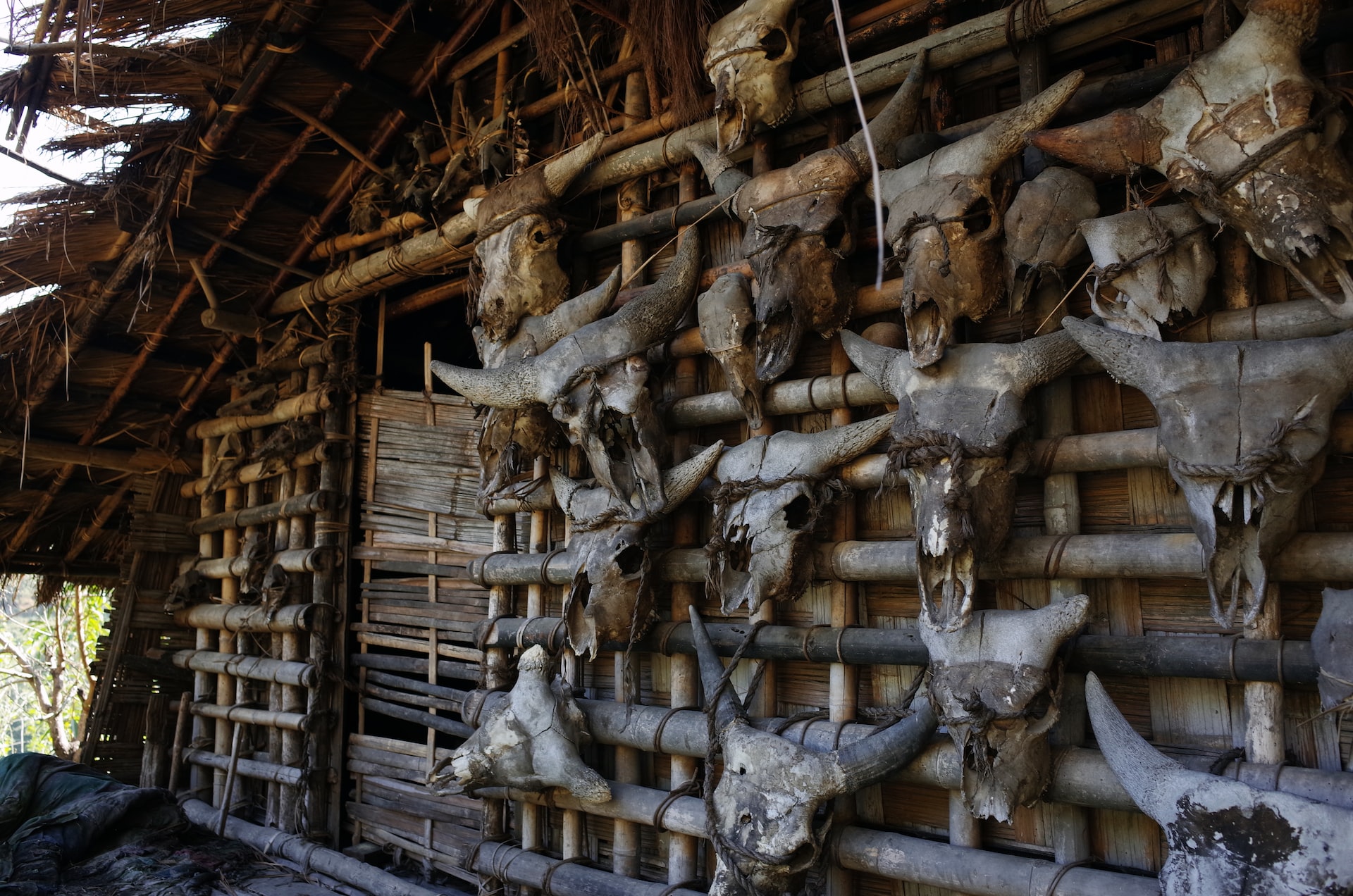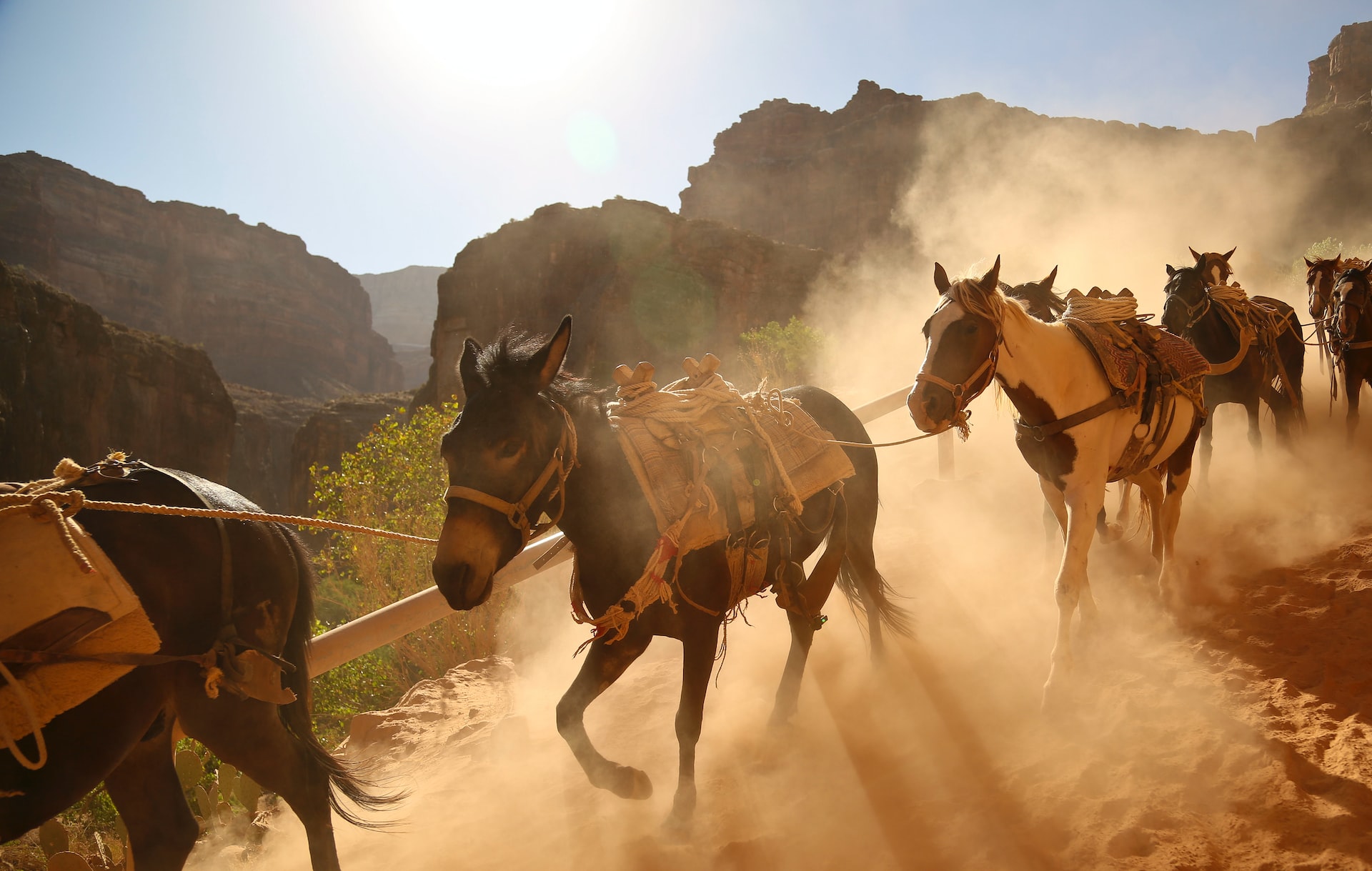Most Remote Places on Earth: It is unfathomable that in today’s world, so connected with technology, some places are still untapped by the general population. These places are exquisite, and for one reason or another, they aren’t populated by many people. Due to limited resources, lack of medical help, dangerous wildlife, and extreme weather conditions, city people like us can’t even begin to imagine the perils of living here. With volcanic eruptions or getting frostbite in a matter of minutes, it’s a huge gamble to visit these places.
These remote places have some of the planet’s most exciting and harsh environments, with extreme weather, temperature, and altitude stresses making them difficult to live in. Getting to these places involves long flights, drives, week-long boat rides, and even an eight-mile hike. It is almost unbelievable just how isolated these locations are.
The Most Remote Places on Earth
North Sentinel Island
North Sentinel Island is a small, remote island in the Bay of Bengal, east of India. It is home to Sentinelese people, known for their hostility towards outsiders and have been known to attack anyone who attempts to approach their island. The government has declared the island off-limits to outsiders, and trying to contact them is illegal.
Despite the challenges of living in such isolation, they have survived and are one of Earth’s most fascinating cultures. We know very little about their language and way of life, but we still believe that they are hunter-gatherers who live off the land and sea. They have developed a unique way of life adapted to their isolated island environment and hunt with bows and arrows. This is the reason modern civilisation has also left them entirely untouched.

Living In Isolation: The Most Remote Places on Earth
Pitcairn Island
Pitcairn Island is a British Overseas Territory situated 3,300 miles from New Zealand, and no plane or helicopter has ever landed there, so getting there requires a 32-hour cargo ship journey. In the 1700s, a real-life ship of mutineers settled on this island. These mutineers were running from British Naval ships when they found the uninhabited Pitcairn Island and decided to hide, thereby sinking their ship after they landed.
Today, the island is home to around 50 people, most descendants of the original settlers. Living on the island is challenging due to its remote location, lack of infrastructure, and limited resources. Ships bring in the necessary supplies, and the island has to rely on rainwater for its freshwater supply.
Fishing and agriculture are the primary food sources, and the island is known for its beautiful handicrafts. Visitors can explore the island’s stunning natural beauty and learn about its fascinating history and culture.
Tristan da Cunha island
Tristan da Cunha is a remote group of islands located in the South Atlantic Ocean. It is officially listed as the most remote inhabited archipelago in the world, with the closest settlement located 1,514 miles away.
It is home to around 250 people, most descended from the original settlers who arrived in the 19th century. Living on the island is challenging due to its remote location and harsh climate. But the people have created a unique way of life closely tied to its natural environment.
Fishing and agriculture are the primary food sources, and the island has developed a self-sufficient economy based on sustainable practices. Tourism is also a growing industry on the island, with visitors visiting the island’s stunning natural beauty and unique culture.
The island is home to various plant and animal species, and it has been designated a UNESCO World Heritage Site due to its wild landscapes and spectacular sea cliffs.
Oymyakon, Russia
Oymyakon is a small village located in the Sakha Republic of Russia in Siberia. It is one of the coldest inhabited places on Earth, with temperatures regularly dropping below -50°C (-58°F) during winter. It is located over 800 miles (1,300 km) from the nearest major city, Yakutsk, and has a population of around 500.
Despite the challenges, the people of Oymyakon have adapted to the extreme cold. They have developed a unique way of life closely tied to the natural environment. Reindeer herding is a primary source of food and income; tourism is also a growing industry. Snow-covered forests and mountains surround the village, and the Northern Lights are a common sight.
It takes two days to get there, travelling down a barren, isolated stretch of road from the closest city in Siberia. Daylight lasts only 3 hours in the winter, but it’s light out for 21 hours in the summer. The village has limited infrastructure, with no running water or indoor plumbing.
Supai, Arizona
Supai is a small village located in the Havasu Canyon of the Grand Canyon in Arizona, USA. The town is home to the Havasupai Tribe, which means “People of the Green Blue Waters,” a reference to four waterfalls along Havasu Creek that are popular with tourists.
Living in Supai is challenging due to its remote location and limited resource access. Spread over 188,000 acres of land, the canyon is prone to flash floods but attracts more than 20,000 visitors annually.
The village offers some amenities for the locals, with a school, store, small church, and no cell service. Imagine living without your cell phone in this day and age! Despite these challenges, the people of Supai have managed to maintain their traditional ways of life and are a popular destination for hikers and tourists.
The village is the only place in the U.S. that receives mail and parcels by mule to this day. A series of linked donkeys regularly carry the packages along the eight-mile trail to the village, as no roads lead there.

Living In Isolation: The Most Remote Places on Earth
The U.S. Department of Agriculture has called Supai the most remote community in the contiguous 48 states. The only way to reach Supai is by hiking or riding a mule or helicopter.
To Conclude
The most remote places mentioned above offer a glimpse into a lifestyle drastically different from what many people are accustomed to. In conclusion, while the most remote areas in the world may offer a sense of adventure and intrigue, it’s essential to recognise that some places may be too dangerous to visit. Ultimately, weighing the risks and benefits before embarking on any adventure and prioritising your safety is essential.



